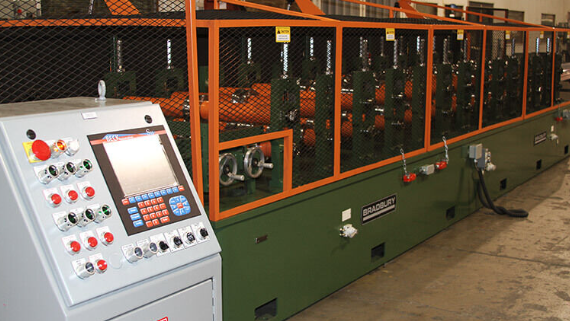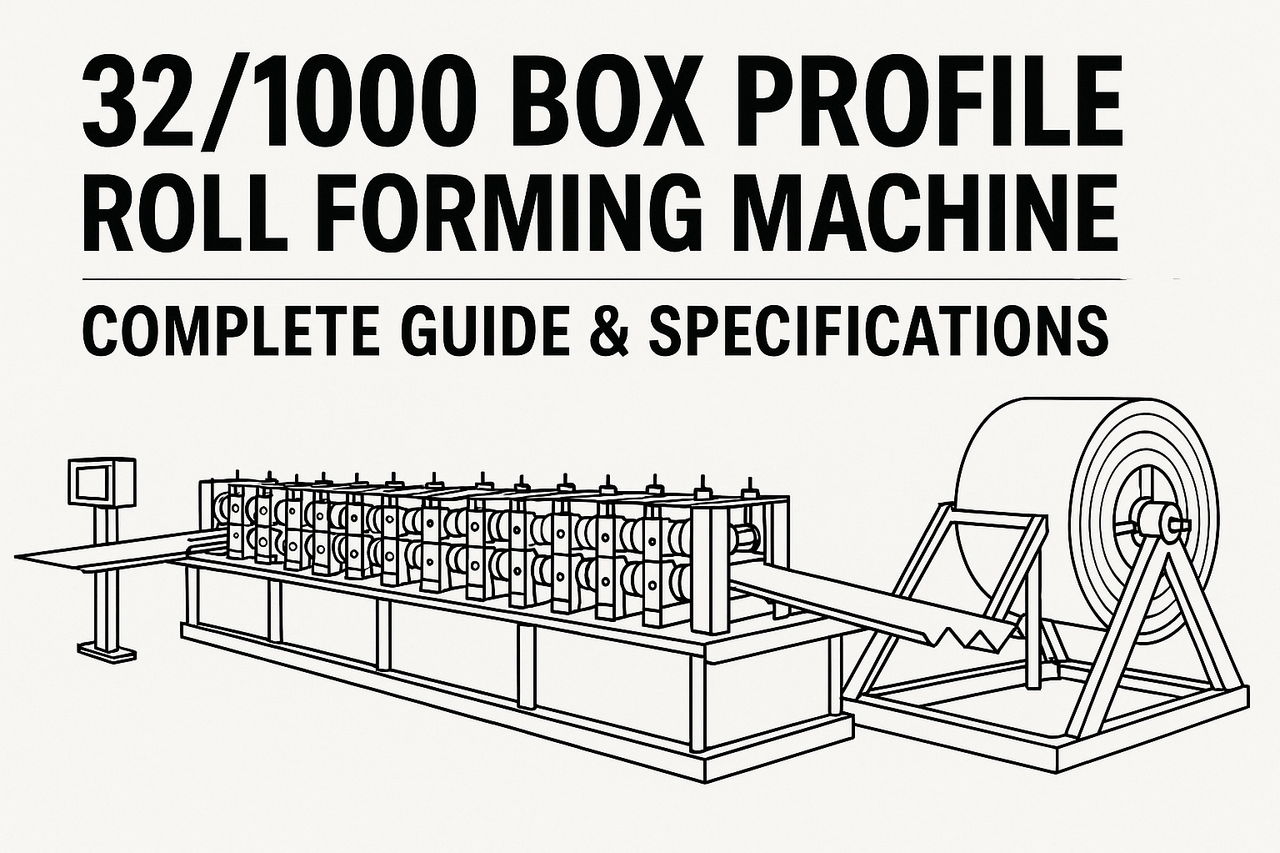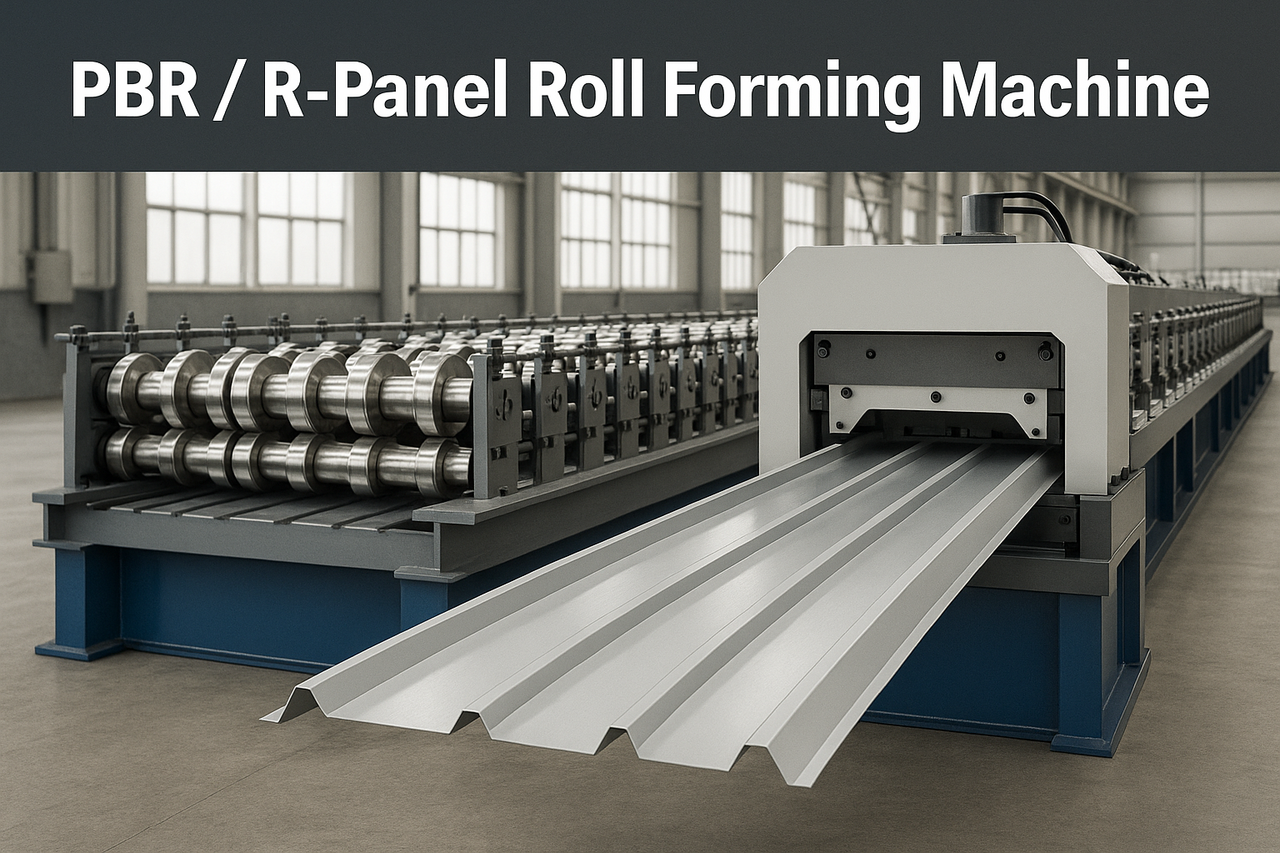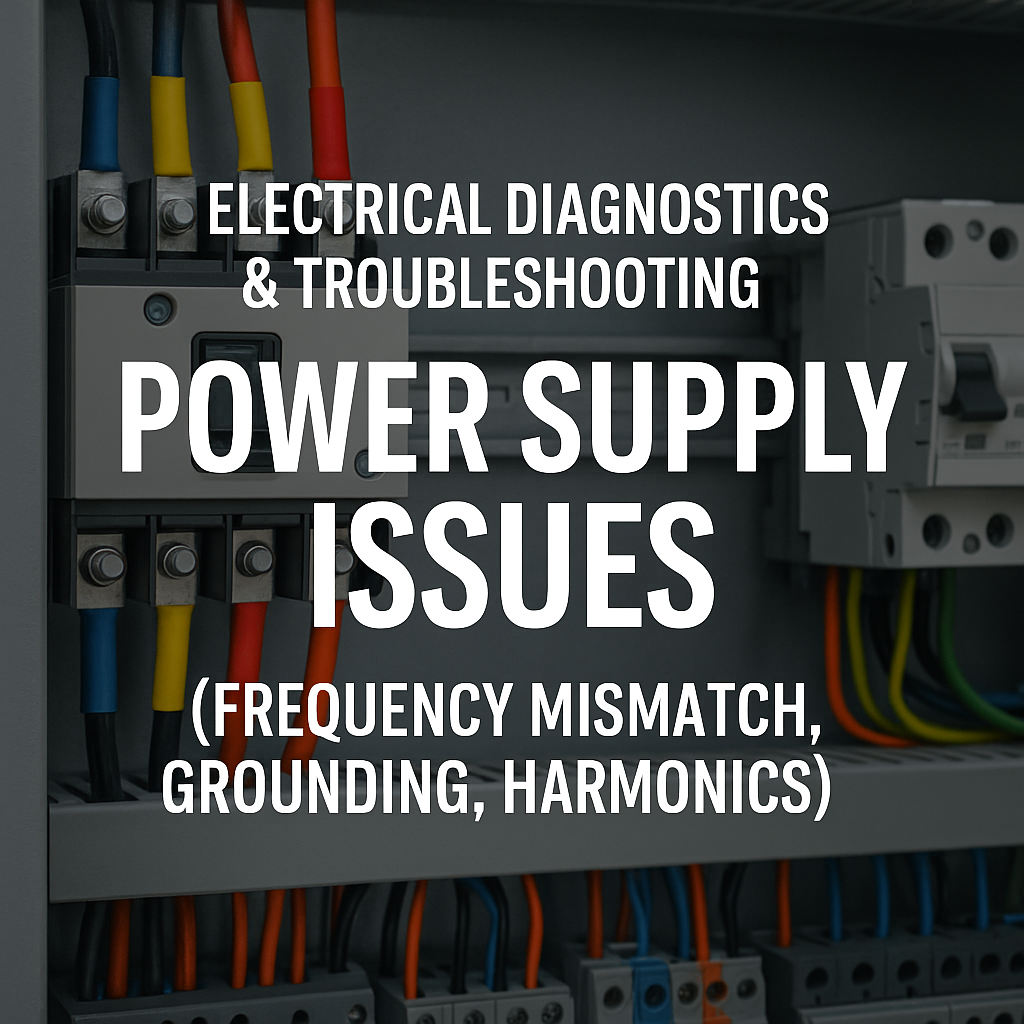Roll forming machines rely on various sensors to ensure precise and efficient production. These sensors play a critical role in monitoring and controlling different stages of the roll forming process.
- Position Sensors:
- Encoders and Linear Transducers: These are used to track the position of moving parts, ensuring that each section of the roll forming machine is properly aligned. They provide feedback on the exact position of the metal as it moves through the forming rolls, which is essential for maintaining accuracy.
- Proximity Sensors:
- These sensors detect the presence or absence of metal sheets, preventing misfeeds and ensuring that the machine only operates when material is present. They can also help detect if parts are correctly positioned before entering the forming stage.
- Thickness Gauges:
- Thickness sensors measure the thickness of the metal sheet or coil being fed into the machine, ensuring that the material is within tolerance for the desired profile. This is important for quality control and preventing material waste.
- Tension Sensors:
- These sensors monitor the tension of the metal strip as it is being fed through the machine. Maintaining proper tension is crucial for ensuring consistent forming and preventing defects in the final product.
- Speed Sensors:
- Speed sensors measure the line speed of the machine, ensuring that the material is fed at a consistent rate. This helps synchronize the forming process and avoids issues like stretching or uneven profiles.
- Temperature Sensors:
- Roll forming machines often use lubricants and coolants. Temperature sensors monitor the temperature of the metal and forming rolls, helping to prevent overheating or material deformation.
- Pressure Sensors:
- These sensors monitor hydraulic or pneumatic systems used in roll forming machines, ensuring that the pressure applied during the forming process is consistent and within the required range for the material being formed.
- Optical Sensors:
- Used for detecting the edges of metal strips or the position of features like holes or slots in the material. They provide precise feedback to ensure proper alignment and profile accuracy.
Incorporating these sensors into roll forming machines helps manufacturers achieve high precision, reduce waste, and ensure the consistency of their metal profiles.



